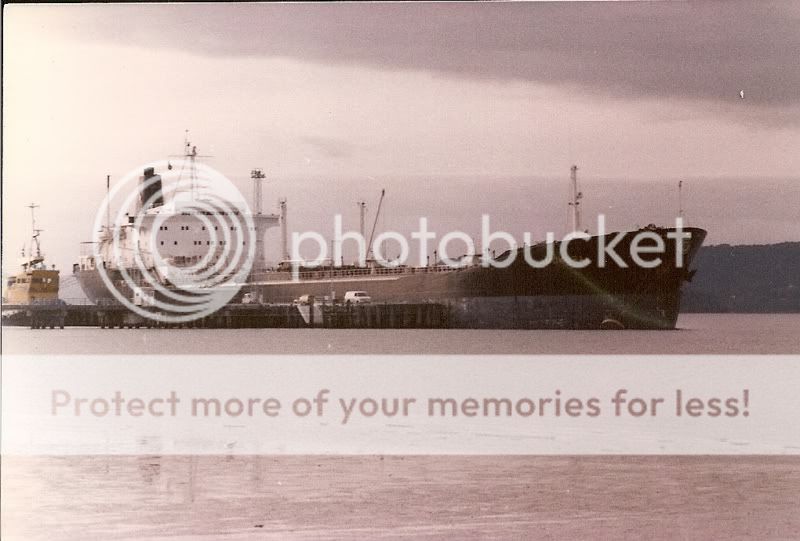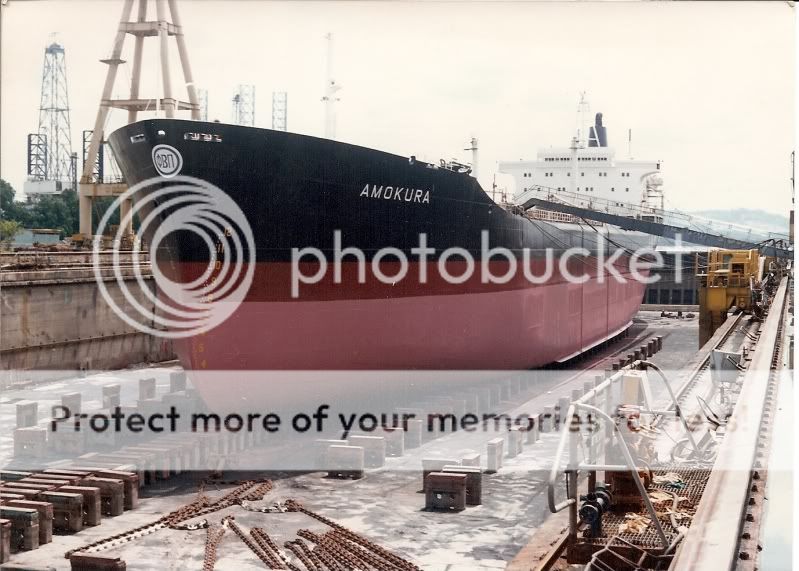So, the Antipodean Mariner has a new job. The downturn in the offshore Oil and Gas Industry saw corporate life leaving me in 2017, and another career reinvention. With two colleagues, we have started our own business as Marine Superintendents and which is successful. We do mainly do pre-Port State Control inspections for our Clients' ships with the occasional casualty to manage. Here's one of our success stories!
A Client's Capesize bulk carrier suffered a flooded Engine-room after an internal pipeline failure. Quick work by the ship's Engineers stopped the water ingress and got her generators back on line, but she was disabled in part-loaded condition on the loading terminal in cyclone season.
 |
| Water flooded to the Bottom Plates |
Two of us flew to the ship and, with the Owner's blessing, took over the local casualty recovery to reestablish critical services - power, cooling water and fire fighting systems - and prepare the vessel for ocean tow to a Repair Yard. The water level in the Engine-room had inundated the crank case and the Main Engine was immobilised.
My partner Steve, a Chief Engineer, took on the Engine Room and I took on the preparation for tow. Together, we manged the daily communications with the Port State Control Authority, Harbormaster, Charterers and Terminal Operators.
The vessel was 'blocking' valuable out-loading capacity at the Terminal, and they wanted the ship off ASAP which required us to plan for two movements. The first was to get the Engine Room dry, services re-established and critical pumps operational. Working around the clock, electric motors were sourced to replace those immersed and cabling run to Distribution Boards. Using portable pumps, 1,110 cubic metres of sea water and oil were pumped into an empty ballast tank and the ballast system made watertight with cement boxes encased with steel plate.
With the vessel released from berth detention, an Anchor Handler was chartered to tow the 'dead ship' from the Terminal to anchorage with an escorting entourage of harbour tugs. The Pilots had practiced 'dead ship' towage in a Simulator, but this was their first live show.
With the Anchor Handler as a proxy Main Engine and four tugs made fast, we let go and got underway on a calm dawn morning for the expected six hour tow to open water.
 |
| Dead ship tow with the entourage |
Safely anchored, the next task was to work out how to perform a 3,000 nautical mile tow to the Repair Yard. A Naval Architect's calculation has shown that the towing resistance in ocean conditions was twice the load the the mooring bitts were rated. Through a process of elimination, we identified the anchor chains has having the strength needed to perform the tow. However, to enable to vessel to anchor in an emergency, we had to leave one anchor ready for use.
The salvage tug chartered to perform the ocean tow arrived at the anchorage, and preparations got underway to rig the tow. The anchor was 'lassoed' with a mooring rope and decked on the salvage tug.
 |
| First, lasso your anchor... |
With the chain safety in the Karm Forks, the cutting torch came out and the chain was cut for connection to the Tow Wire.
 |
| Decking the pick |
With the tow connection made, regulatory approval to depart granted and a second tug made fast for the initial passage to clear a forming tropical cyclone, the anchor was heaved and the convoy put to sea.
 |
| Connected and ready to depart |
The happy ending... the vessel was repaired, returned to the Terminal to finish loading and completed her voyage. We learned a lot about managing a casualty, lessons that we put to good use recently on another disabled ship. But that will be another Blog Post...
The Antipodean Mariner
15th September 2018






